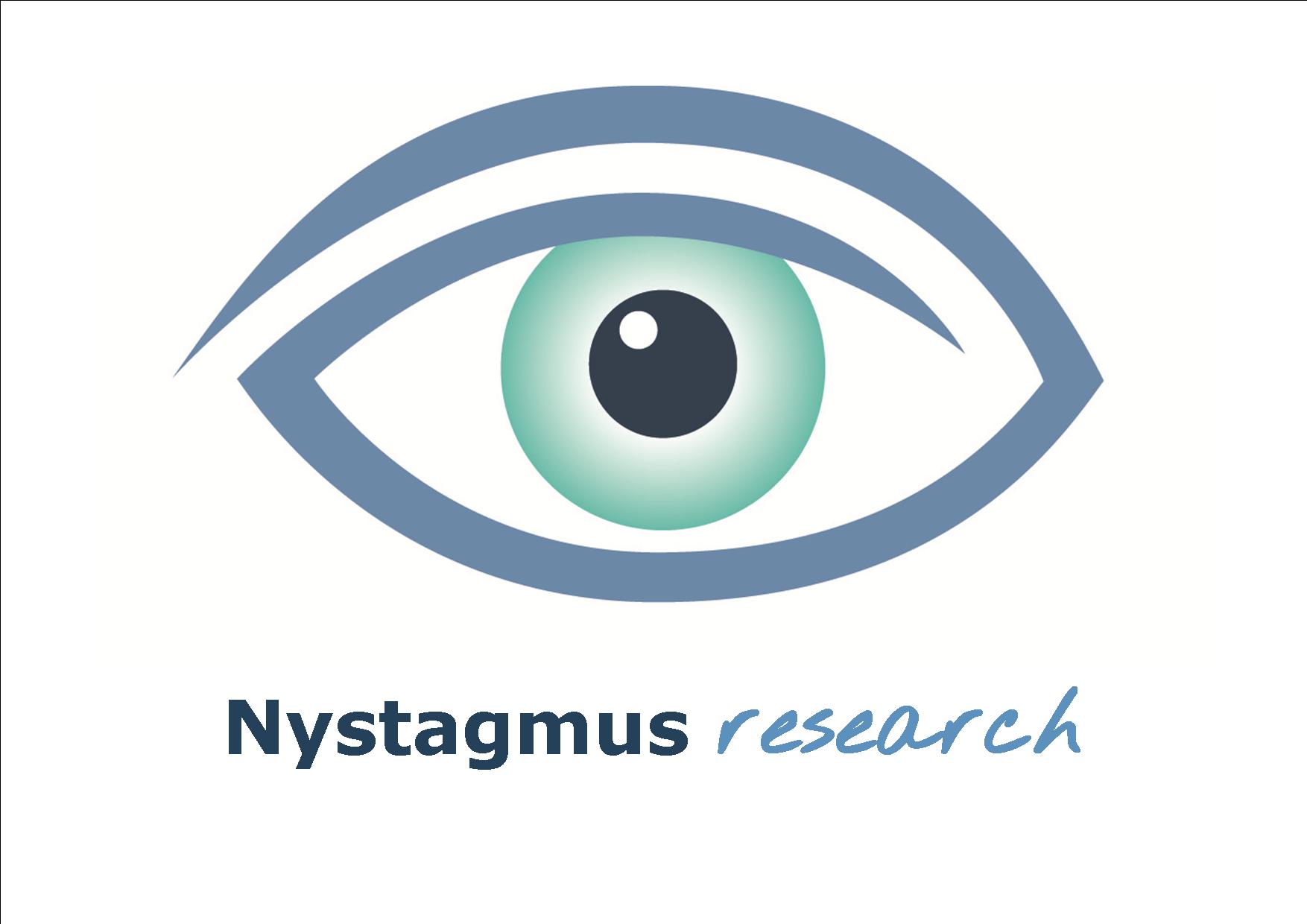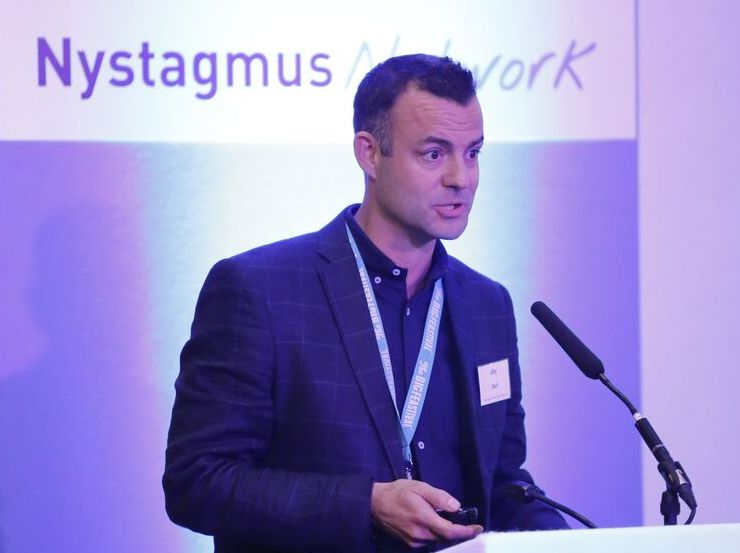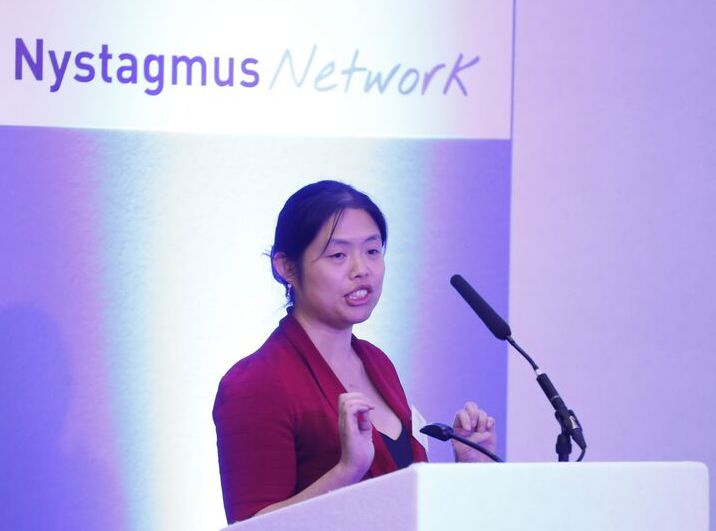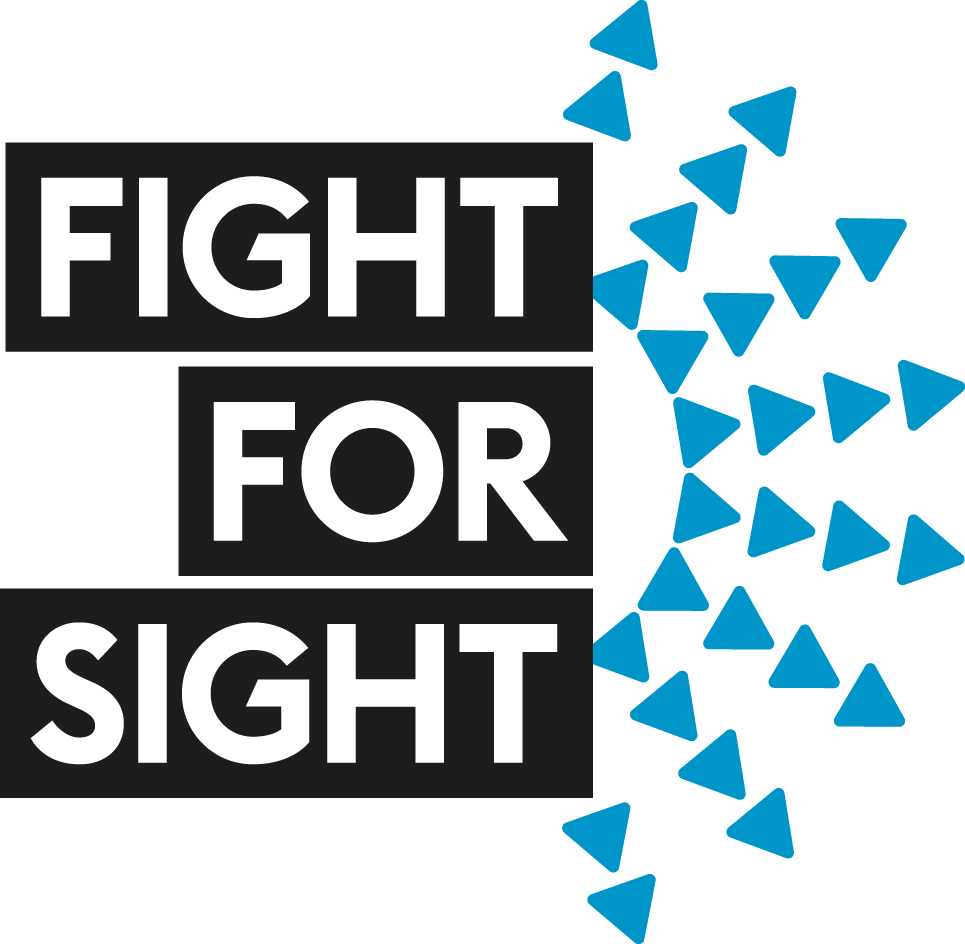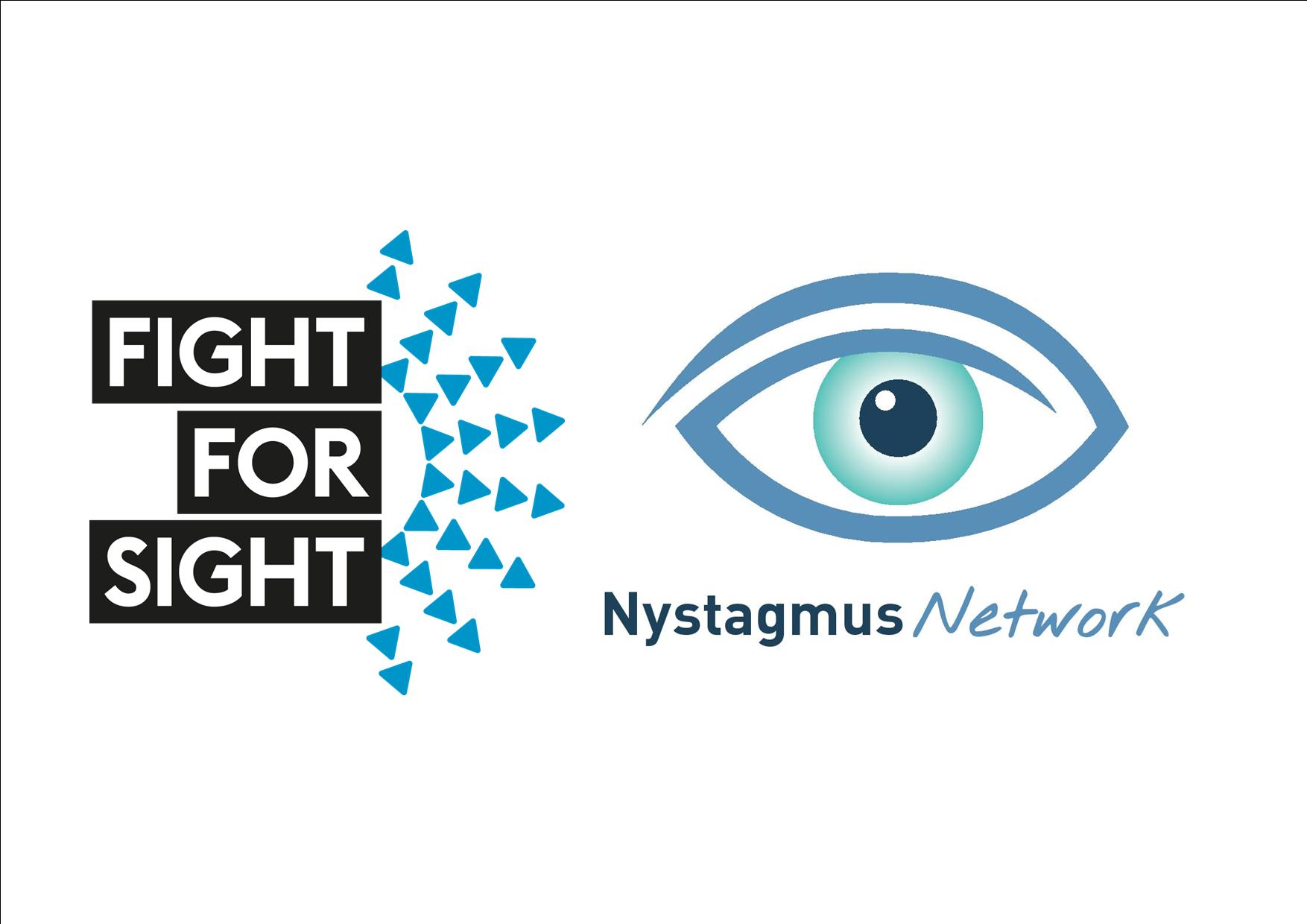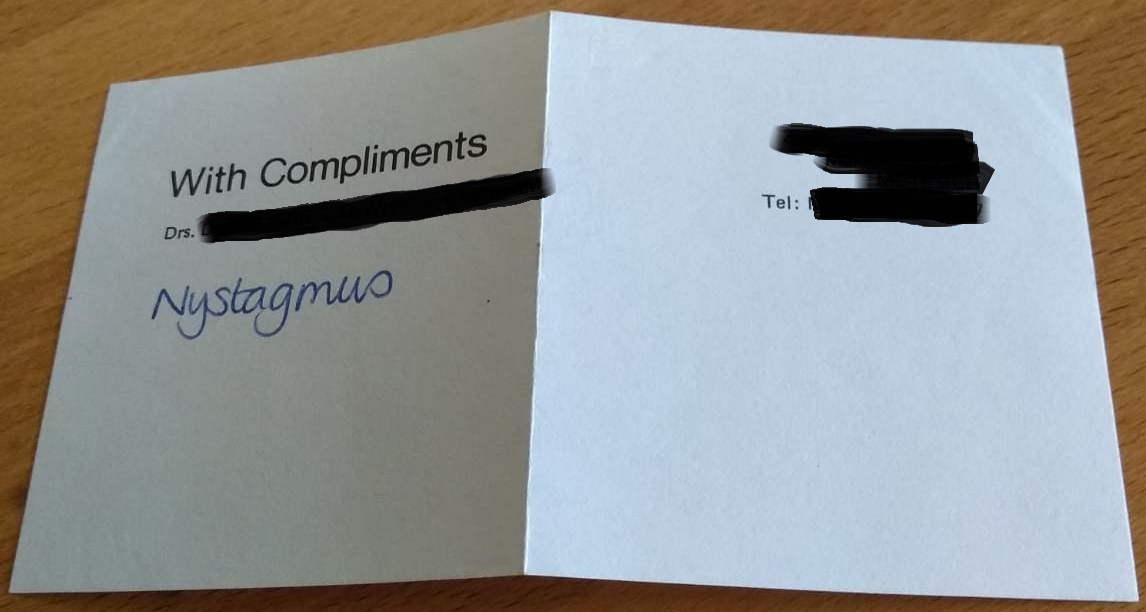We asked a group of Nystagmus Network supporters what questions they would most like to put to nystagmus researchers. Then we found researchers to answer them.
Your questions were answered by Jay Self (JS), a Consultant Paediatric Ophthalmologist at University of Southampton and nystagmus researcher and Helena Lee (HL), a Consultant Ophthalmologist at University of Southampton and a nystagmus researcher
Question 6: What is your current research focus?
(HL) I’m mainly funded to develop the L-Dopa treatment for albinism. That is essentially in two parts. In the lab what we’re trying to understand is how L-Dopa influences retinal development and how a lack of that, which is what happens when you lack pigment, causes the retinal problems and subsequently the visual problems. Then we’re looking at how replacing that can help reduce the disability caused by the lack of L-Dopa. We’ve done this in albino mice and they’ve done really well.
The second phase is when we take this to a small pilot trail. We work with a group of children who have a diagnosis of oculocutaneous albinism. That is only one type of albinism. It’s quite specific, but it’s a start. What we’re trying to do is make the retinal development more normal in those children, so it prevents them having the level of visual disability they would have had.
(JS) We’ve also been focusing on genetics. We developed a platform so people could be tested. We’re also looking at why we don’t always get a result by working on lots of background genetics. One of the things we’re finding is that there are lots of different types of albinism but they all cross over massively. This is why there are so many patients with clear albinism who get a partial result, which doesn’t make sense. It’s because they’ve got lots of contributions from lots of different genes.
We’re also looking at some very early phased treatment. We developed some cell assays. These are little cells which have albinism. We can put these cells on plates and throw loads of drugs at them. These are drugs which might work for various reasons or even massive batteries of drugs where we have no hypothesis about why they would work, but because you can scale it up to 1,000s and 1,000s you can just get random hits. That’s how pharmaceutical companies develop new drugs for things.
We’re also doing a bit of work on outcome measures. In a lot of the clinical trials the question is ‘in what way has it helped nystagmus?’ Has it made the wiggle less? Have people tested that just by looking or just asked the patients ‘Do you think your eyes wiggle less?’ Have they done vision tests, bearing in mind that we know that vision isn’t really a very good test.
There are loads of things which patients have said have changed things massively for them, but none of the things we test are any better. So, we’re trying to develop proper outcome measures.
We’re also doing some work on questionnaire studies. Are you registered? Are you getting support?
The Nystagmus Network is enormously grateful to Jay and Helena who gave up their time on a sunny Saturday afternoon to answer questions from the nystagmus community so openly and fully.

